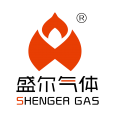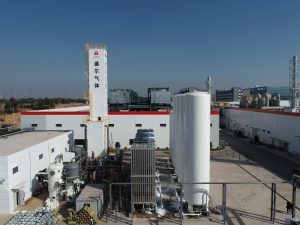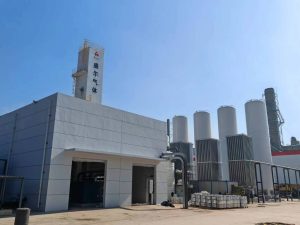为什么2025年的选择会有所不同?
电力价格波动剧烈,产品规格要求更加严格,运行工况也比十年前更加不稳定。过去显而易见的决策——例如“需要氧气就买空分装置”或“氮气就装变压吸附装置”——如今则取决于将纯度、流量、压力和占空比与每项技术的物理特性相匹配,然后对匹配结果进行压力测试,并考虑其生命周期成本和风险。低温空气分离、变压吸附 (PSA) 和聚合物膜这三大类技术,各自在不同的约束条件下表现出色。
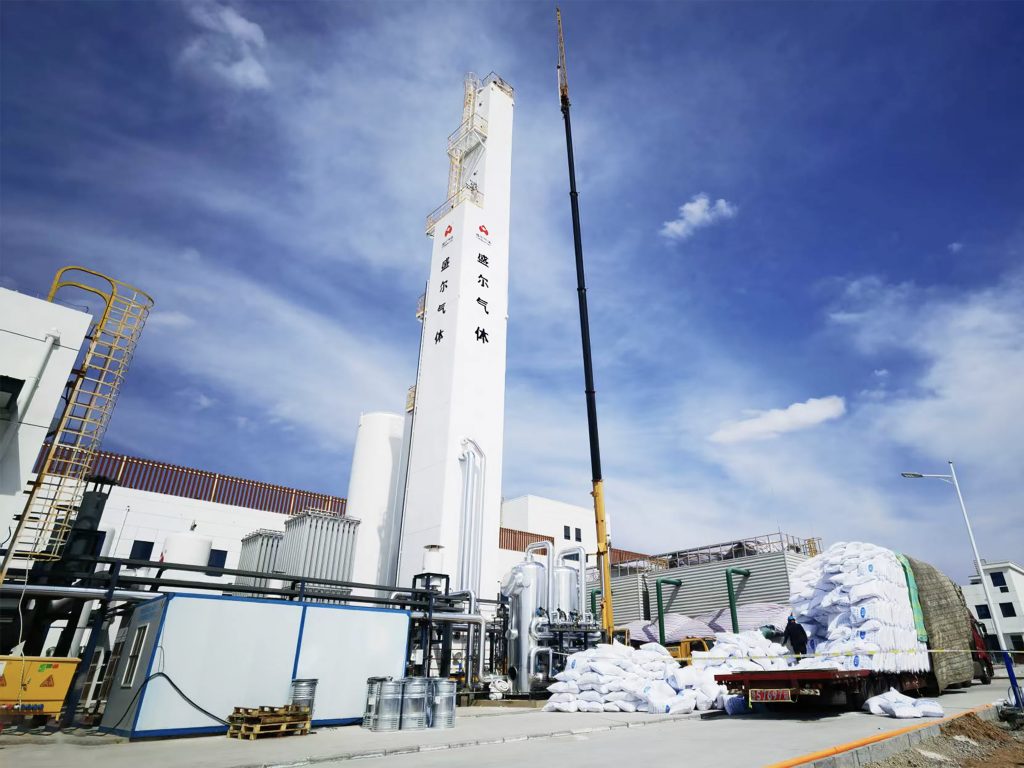
低温空气分离的工作原理及其应用前景
现代的深冷空分装置(ASU),通过预处理单元对空气进行压缩和干燥,再在板翅式换热器中降温,最终在高低压塔耦合的精馏系统中分离出氧气和氮气。高压塔顶部的氮气冷凝后作为回流供给低压塔使用;低压塔中氧气的汽化又闭合了整个热平衡过程。 设计合理的ASU系统可提供管道输送级的氧气(纯度约为99.5–99.8%),电子级超高纯氮(可达99.999%),以及通过旁路塔获得的粗氩或高纯氩。此外,系统还可产出液态产品——液氧(LOX)、液氮(LIN)、液氩(LAR),用于缓解停机期间的供气,也可作为商品气体销售渠道。 这一方案的权衡因素也较为熟悉:较高的初期投资(CAPEX)、较长的启动冷却时间,以及为了维持低能耗而对操作人员提出较高的培训要求。
PSA如何产生氧气或氮气
变压吸附 (PSA) 技术通过在高压和低压之间循环使用吸附剂来提高选择性。对于氧气,沸石吸附氮气,并以 90-93% 的纯度释放氧气(采用多床设计和精制工艺可获得更高的纯度);对于氮气,碳分子筛吸收氧气和水分,根据循环速度、床层尺寸和预处理方式的不同,可提供 95-99.9% 的氮气纯度。该设备采用模块化设计,占地面积小,启动只需几分钟——非常适合负载变化和偏远地区应用。PSA 技术不产生氩气或低温液体,并且追求更高的纯度和压力会增加单位产品的能耗。
膜的哪些功能好
聚合物膜利用气体透过中空纤维的不同渗透速率进行分离。在氮气应用中,富氧渗透液被排放,而富氮截留液则被利用。该装置硬件简单,活动部件少,启动几乎瞬间完成,且调节范围广。典型应用包括海上惰性气体保护、食品饮料保温、燃料气调节以及任何注重简便性而非极高纯度的应用。其局限性也很明显:在不进行分级和循环的情况下,膜在超高纯度下性能不佳;对于氧气应用,它们主要用于制备富氧空气。随着时间的推移,膜组件会老化并需要更换——这是一项运营成本,应纳入商业计划中。
纯净度:第一道过滤工序
如果规格要求氮气纯度≥99.99%(例如电子产品、特种化学品),低温蒸馏是切实可行的方案;PSA和膜分离技术都无法在不增加复杂性的情况下达到该目标,从而削弱其成本优势。同样的情况也适用于钢铁制造、玻璃熔炼或医用液氧等需要≥99.5%氧气的应用。相反,对于氧气含量为90-93%的废水曝气、需要98-99.5%氮气覆盖储罐的啤酒厂,或需要中等纯度惰性气体的海上平台,则完全属于PSA或膜分离技术的范畴。用户有时会在PSA下游增加精制工序以进一步提高规格要求,但如果气体消耗是连续的,则值得考虑选择合适的空分装置(ASU)。
流量与规模:经济学的转折点
经验法则在2025年仍然适用。对于持续氧气需求量高于约700–1,000 Nm³/h或氮气需求量高于2,000–3,000 Nm³/h的情况,低温装置在总体拥有成本方面往往更具优势,尤其是在考虑液体或氩气销售价值的情况下。低于这些范围——尤其是在负荷波动较大的情况下——PSA或膜分离装置通常更经济、部署速度更快。当然也存在一些特殊情况:例如,一家玻璃厂的耗气量为600 Nm³/h,为了提高液体储存的稳定性,可能仍然会选择空分装置(ASU);而一家位于高海拔地区、公用设施有限的矿山,出于简便性和人员配备方面的考虑,在高流量情况下可能更倾向于选择PSA装置。
能源使用:关注电价,而非平均值
随着膨胀机、热集成和控制技术的进步,低温制氧的比功率有所下降;大型、设计精良的装置可以达到行业基准中常用的数值。变压吸附 (PSA) 制氧的功率随着纯度和排气压力的提高而增加;对于氮气,在纯度接近 99.9% 时,曲线会变得更加陡峭。膜分离技术最大限度地减少了机械复杂性,但仍然需要压缩,而且更高的纯度会带来渗透损失。当电价超过约 0.10-0.12 美元/千瓦时时,中小型项目倾向于采用 PSA 或膜分离技术;当电价稳定且液体或氩气具有价值时,空分装置 (ASU) 则重新占据优势。到 2025 年,大多数买家会根据低电价和高电价两种情景来估算生命周期成本,而不是只采用单一数值。
启动、关闭和运行节奏
膜分离和变压吸附 (PSA) 装置可在数分钟内达到规格气体,并能快速响应需求——非常适合间歇式生产线和间歇性惰性气体保护。低温装置速度较慢;冷却时间长达数小时(大型冷箱甚至需要一天),且效率在接近设计负荷时最高。尽管如此,借助基于模型的控制和变速驱动装置,许多双塔空分装置 (ASU) 仍可在额定负荷的 60% 至 110% 范围内安全运行,并保持纯度。应使技术与工况相匹配——切勿强迫生产适应装置。
维护和人员配备
PSA装置适用于非专业运维团队,但依赖于洁净的压缩系统和稳定的预处理;油雾夹带或水分突增会缩短吸附剂寿命。膜系统要求进气干燥且无油,其膜束会逐渐失去选择性,并需按多年周期更换。深冷空分装置需要定期停车检修、对换热器和塔体进行检查,并依赖精密仪表进行监控;作为回报,在具备冗余设计和严格操作制度的前提下,其年可用率>99.5%已较为常见。对于缺乏深冷经验的现场,通常会通过签订运维服务合同或采用供应商驻场操作模式来降低运行风险。
Integration, By-Products, and Footprint
Only cryogenic distillation makes liquid products and argon, which buffer outages and create merchant revenue in underserved regions. Some facilities integrate ASUs with LNG regasification or other cold sources to trim power; others recover compressor heat for buildings or process duties. PSA and membranes integrate neatly with skid packages, fit tight spaces, and can sit close to points of use. Hybrids—membrane pre-enrichment ahead of PSA, or PSA polishing after a small ASU—appear where a niche spec must be met without oversizing.
Safety and Compliance Across Options
ASUs manage oxygen-rich areas, LOX material compatibility, and cryogenic exposure; they fall under pressure equipment directives and usually implement safety-instrumented functions for column protection. PSA and membrane systems avoid cryogenic temperatures but still require oxygen-service discipline, hydrocarbon control, and relief systems designed for fast transient events. Whatever the technology, oxygen deficiency monitoring, formal management of change, and targeted operator training are non-negotiable.(cryogenic air separation)
Sustainability and the 2025 Carbon Lens
Procurement now compares carbon intensity per unit gas delivered. ASUs backed by renewable power purchase agreements can show attractive figures, and their liquid storage helps ride through grid curtailment. PSA and membranes cut emissions where they replace trucked cylinders or dewars, eliminating logistics. In regions with hydrogen projects, electrolyzer oxygen is sometimes blended into networks, shifting how much dedicated air-separation capacity is needed without changing the core selection logic.(cryogenic air separation)
A Practical Selection Framework
Write down minimum purity, flow, outlet pressure, duty cycle, and any value for liquids or argon. Price electricity with low/high bands. Score each option for CAPEX, OPEX at both tariffs, start-up speed, turndown, staffing, footprint, and local service coverage. As a distilled rule for 2025:
- Choose cryogenic when purity is ultra-high or flows are large and steady, or when liquid product and argon matter.
- Choose PSA when purity is moderate, flows are small to mid-scale, response must be fast, and footprint must be compact.
- Choose membranes when purity is modest (inerting/enrichment), simplicity and immediate start-up dominate, and space is tight.
- If nothing cleanly fits, evaluate hybrids or a vendor-operated onsite plant to share risk.
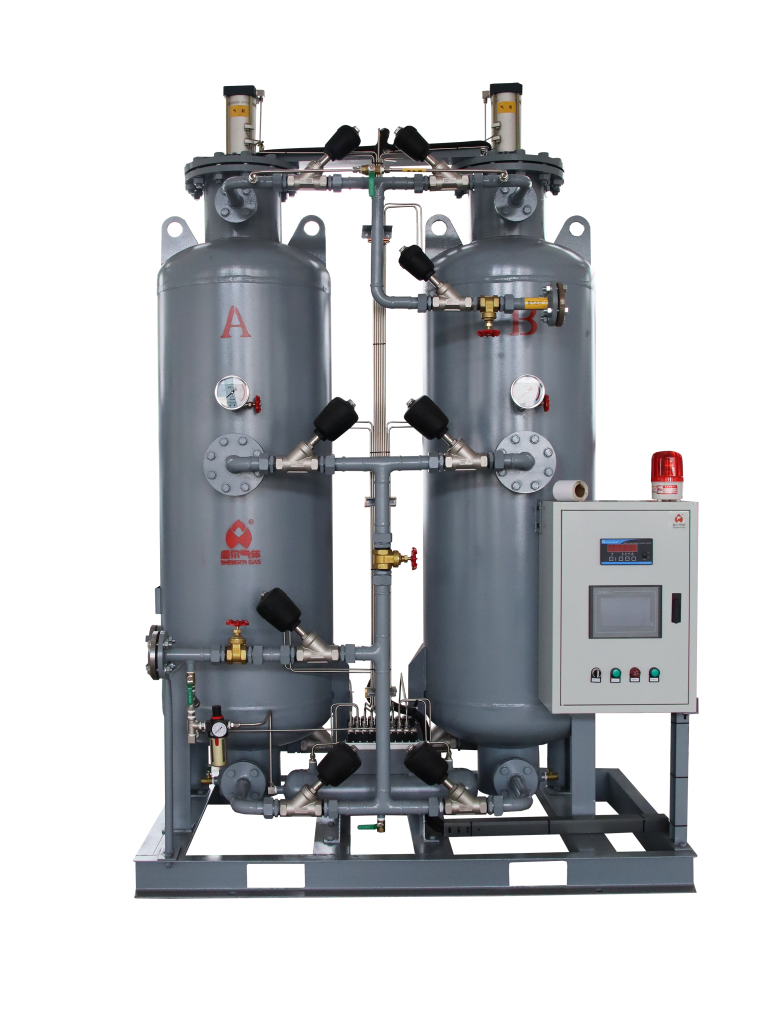
Example Scenarios to Sanity-Check the Decision
- Semiconductor nitrogen, 99.999%, 5,000 Nm³/h: Cryogenic ASU. PSA/membrane staging erodes cost and stability.
- Glass furnace oxygen, 1,200 Nm³/h, 99.6%: Cryogenic ASU, with liquid storage for outages; argon credit helps payback.
- Brewery blanketing, 98–99.5% N₂, 300 Nm³/h with daily swings: PSA, possibly with small buffer storage.
- Offshore platform inerting, 95–98% N₂, 50–150 Nm³/h: Membranes; fastest start, smallest footprint.
- Wastewater aeration, 90–93% O₂, 400 Nm³/h: Oxygen PSA; evaluate oxygen-enriched air membranes if pressure/flow allow.
Bottom Line for 2025
No single technology “wins” by default. The right plant aligns physics with specification and power context, then survives a lifetime cost and risk review. In 2025, cryogenic air separation remains unbeatable for ultra-high purity and scale; PSA is the agile workhorse for moderate purities at modest flows; membranes are the minimalist tool for inerting and enrichment. A clear, written statement of need—tested against the strengths and limits above—will lead to a choice that stays right for the next decade.(cryogenic air separation)
